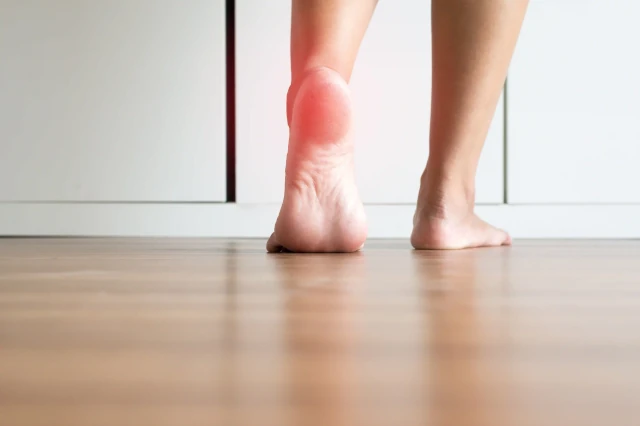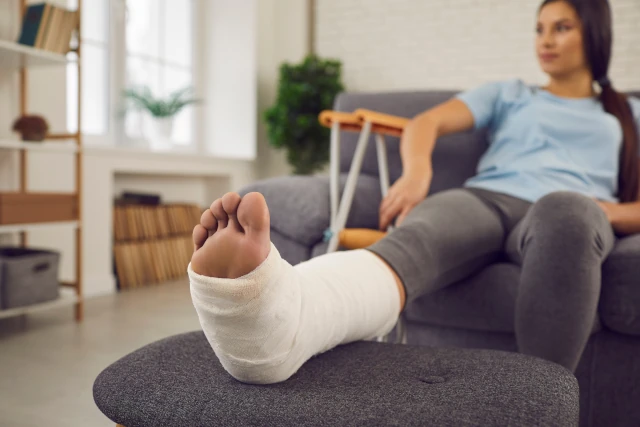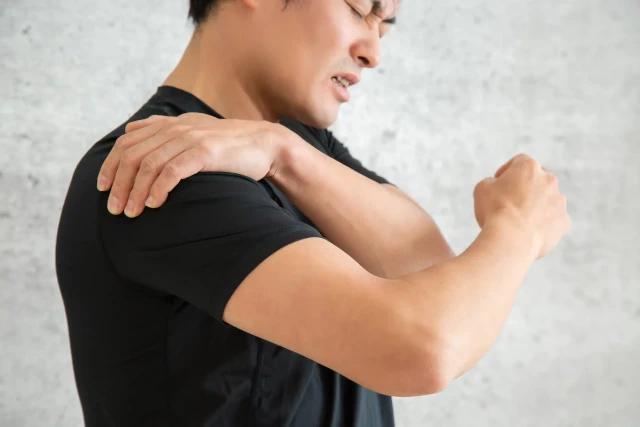
Upper and Mid Back Pain: Causes, Pain Relief Tips, & Exercises
- Dr. Prachi Saini (MPT)
Connect with our expert physiotherapist for personalized physiotherapy advice.
Upper and mid-back pain can significantly disrupt daily life, affecting your ability to work, exercise, and enjoy everyday activities. This guide explores the common causes of back pain and offers practical tips and exercises to relieve discomfort and improve your posture.
Common Causes of Upper and Mid Back Pain
- Poor Posture:
Sitting hunched over a desk or slouching for extended periods can strain the muscles and ligaments in your back.
- Muscle Strain:
Repetitive motions or lifting heavy objects improperly can lead to overworked muscles and back pain.
- Spinal Issues:
Conditions such as herniated discs, scoliosis, or osteoarthritis may contribute to pain in the thoracic spine.
- Stress and Tension:
Emotional stress can cause muscle tightness in the back and shoulders, leading to pain.
- Injury or Trauma:
Accidents, falls, or sports injuries can cause inflammation and discomfort in the upper and mid-back.
Pain Relief Tips for Upper and Mid Back Pain
- Practice Good Posture:
Keep your shoulders back and your spine neutral when sitting or standing. Use ergonomic furniture to support your natural posture.
- Stay Active:
Incorporate gentle activities like walking or swimming to reduce stiffness. Avoid prolonged periods of inactivity, which can worsen pain.
- Apply Heat or Ice:
Use a heating pad to relax tight muscles or ice packs to reduce inflammation.
- Stretch Regularly:
Simple stretches can improve flexibility and relieve tension.
- Seek Professional Help:
Consult a physiotherapist for a tailored treatment plan if the pain persists.
Effective Exercises for Upper and Mid Back Pain
- Cat-Cow Stretch:
How to Perform: Begin on your hands and knees in a tabletop position. Arch your back (cow) and then round it (cat) slowly, moving with your breath.
Benefits: Improves flexibility and relieves tension in the spine.
- Thoracic Extension:
How to Perform: Sit on a chair with your hands behind your head. Gently arch your upper back over the backrest, then return to the starting position.
Benefits: Enhances mobility in the thoracic spine.
- Doorway Stretch:
How to Perform: Stand in a doorway with your arms at shoulder height, elbows bent. Step forward slightly to stretch your chest and shoulders.
Benefits: Opens up the chest and reduces tension in the upper back.
- Child’s Pose:
How to Perform: Kneel on the floor and stretch your arms forward while lowering your hips towards your heels.
Benefits: Relieves tension in the back and stretches the spine.
- Wall Angels:
How to Perform: Stand with your back against a wall, arms raised at a 90-degree angle. Slowly raise and lower your arms like making a snow angel.
Benefits: Strengthens back muscles and promotes better posture.
When to Seek Medical Attention
If your back pain is severe, persists for more than a few weeks, or is accompanied by symptoms like numbness, tingling, or difficulty breathing, consult a healthcare professional immediately.
Conclusion
Upper and mid-back pain can often be managed with simple lifestyle adjustments, regular exercise, and proper posture. Incorporate these pain relief tips and exercises into your daily routine to reduce discomfort and improve your overall spinal health. For personalized advice, consider consulting a physiotherapist to develop a plan tailored to your needs.
Connect with our expert physiotherapist for personalized physiotherapy advice.



